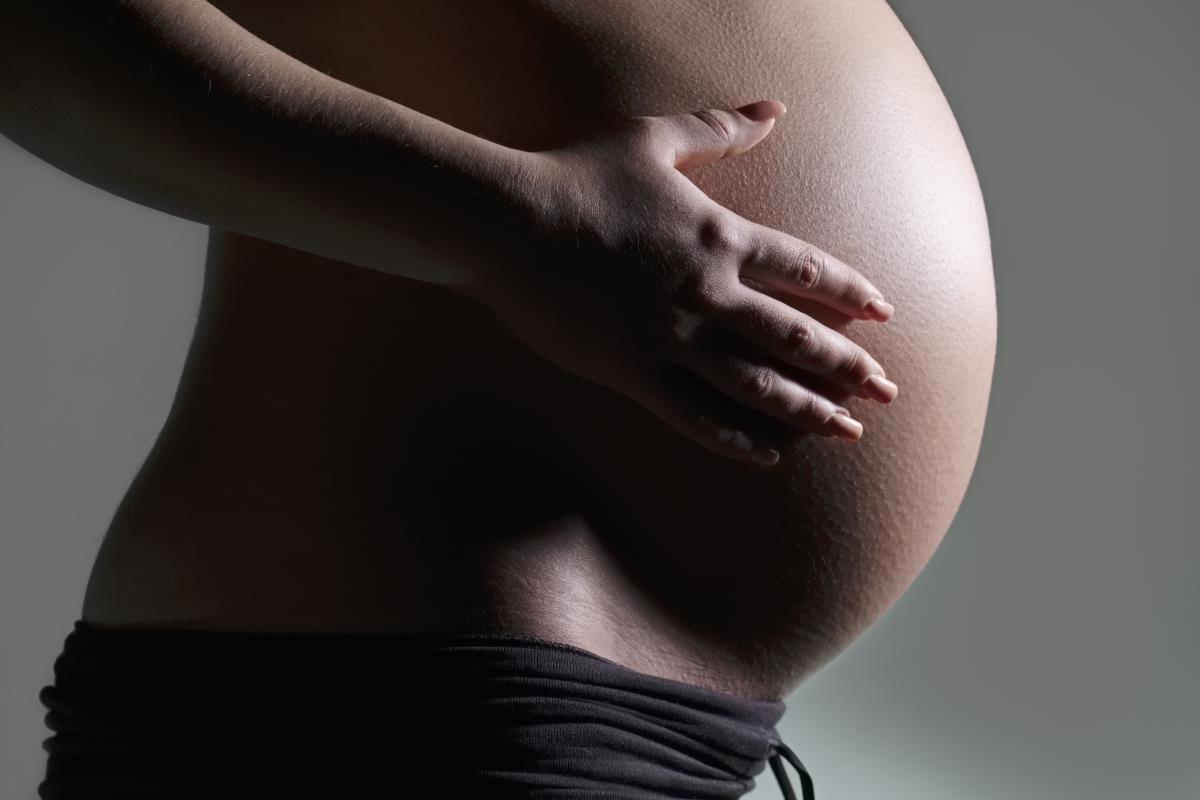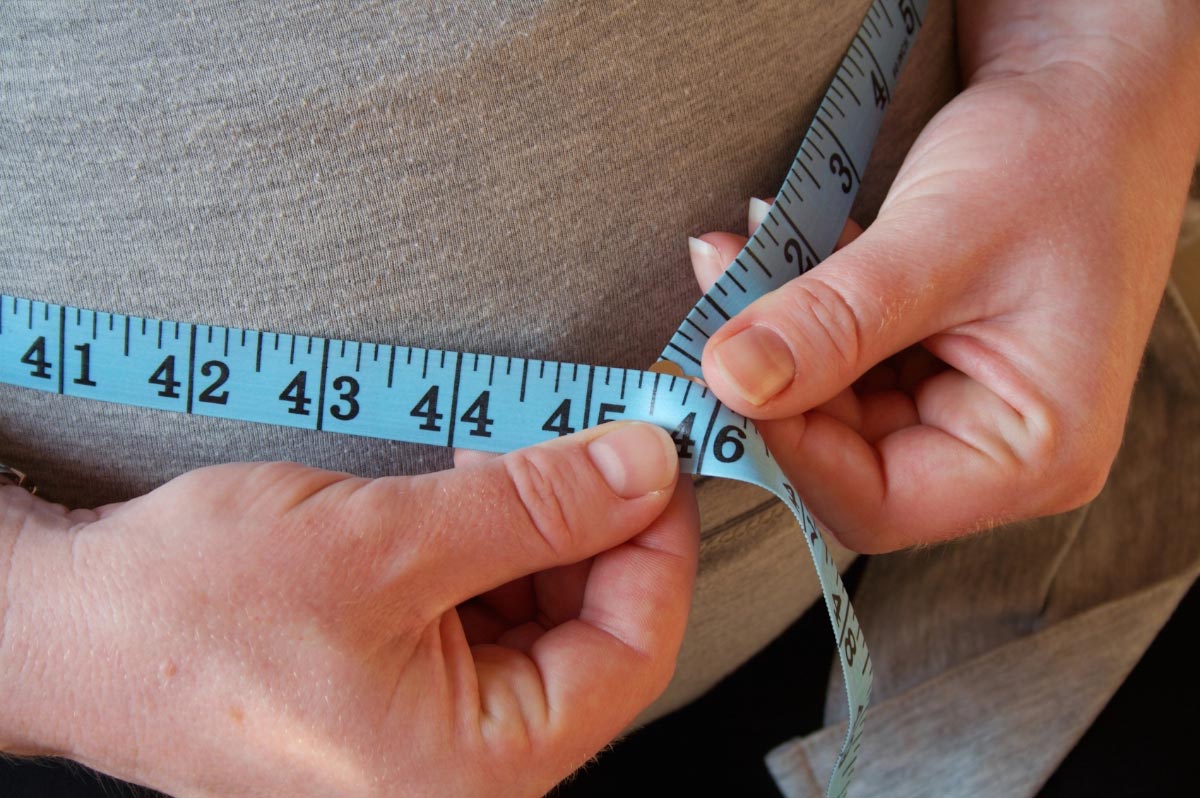
- Acupuncture activates oxytocin, a hormone key to labor, and may reduce maternal stress.
- Acupuncture minimizes risks tied to pharmaceutical induction, like overly strong contractions or C-sections.
- Acupuncture’s use in labor dates to antiquity, backed by recent studies on cervical ripening.
- Red raspberry leaf tea and evening primrose oil are traditional uterus-toning remedies.
- Both natural methods and medical interventions require oversight to ensure safety.
Acupuncture’s 5,000-year path to modern maternity care
Acupuncture, a cornerstone of Traditional Chinese Medicine, has been used for millennia to treat medical conditions and support childbirth. In the early 20th century, as Western medicine gained prominence, its practice faded in many regions. Today, a resurgence of interest in holistic approaches has reignited its integration into prenatal care, particularly for labor induction. Recent research underscores acupuncture’s physiological mechanisms. A 2021 study led by Dr. Peter Curtis at Stanford University found that stimulating key acupuncture points, such as LI4 and SP6, can trigger the release of oxytocin and improve cervical softening — a process critical for natural labor onset. This mirrors anecdotal evidence from expectant mothers like Sarah Carmel, who attributes her successful labor to half-dozen pre-term acupuncture sessions that “gently coaxed contractions.” In contrast, efforts to validate other “old wives’ tales” reveal mixed results. For instance, while studies confirm that the prostaglandins in semen and the oxytocin from nipple stimulation can initiate labor, others such as pineapple consumption remain unproven myths.From cervical ripening to stress relief
Acupuncture’s success in labor induction stems from its ability to harmonize the body’s endocrine and nervous systems. By stimulating nerves on acupuncture points such as Spleen 6 and Kidney 3, practitioners aim to release oxytocin and ease pelvic tension. “The needles act like tuning forks, restoring balance to disrupted systems,” says Patrice Hapke, a licensed acupuncturist with over 20 years of experience in obstetric care. Clinical data suggest the method’s effectiveness. A 2019 analysis of 300 cases found that women receiving acupuncture were 30 percent more likely to enter labor within 48 hours of their due date compared to untreated peers. The treatment also proved safer than pharmaceutical alternatives: only five percent of acupuncture patients reported minor side effects like localized bruising, versus a 15 percent incidence of fetal distress linked to synthetic oxytocin. Critics, however, highlight variability in success rates. A 2023 National Institutes of Health report notes that only two-thirds of acupuncture patients experience labor onset, underscoring the need for personalized approaches.Balancing holistic and medical approaches
While natural methods like acupuncture offer appealing alternatives, they are not without challenges. Dr. Asher cautions that expectant mothers with high-risk pregnancies — such as those with gestational diabetes or placental complications — may require medical induction to preempt fetal distress. “Acupuncture should never replace due diligence in medical care,” she adds. For low-risk patients, however, the benefits may outweigh risks. Midwives increasingly advocate for complementary therapies like red raspberry leaf tea, which strengthens uterine muscles, and acupressure, applied to sites such as the Yam point (Bladder 32). Walking and prenatal yoga further aid by optimizing fetal positioning. Practical guidance is key. Expectant mothers should seek licensed acupuncturists certified in obstetric care, ideally with experience in labor support. Dr. Remy Coeytaux, co-author of a landmark 2018 acupuncture study, advises: “Look for practitioners who collaborate with your OB-GYN to ensure safety.”Integrating tradition and technology for birth autonomy
The growing embrace of natural labor induction reflects broader societal shifts toward patient-centered care. As research continues to validate practices like acupuncture, the potential to reduce global C-section rates — which have surged to over 25 percent in the U.S. — remains promising. “Natural methods are not just about avoiding a surgical scalpel — they’re about trusting the body’s wisdom,” says Hapke. For thousands of years, cultures valued birth as a physiological triumph; today, that ethos is merging with evidence-based medicine to shape a more equitable future for childbearing families.Empowerment through choice
Ultimately, natural labor induction represents more than a method — it’s a manifesto for birthing autonomy. While counseling remains essential, the tools discussed here provide a roadmap for expectant families to advocate for care that honors both personal values and scientific progress. Sources for this article include: TheEpochTimes.com Journals.SagePub.com VitalRecords.tamu.eduTake the heat with you: Enjoy heat therapy wherever you go with a Portable Sauna
By HRS Editors // Share
Study: Fermented stevia extract can selectively kill pancreatic cancer cells
By Ava Grace // Share
Cordyceps: From ancient medicinal fungus to modern-day superfood
By Ava Grace // Share
Israeli units in Somaliland will be TARGETED, Houthi leader warns
By ramontomeydw // Share
New York mandates social media warning labels to combat youth mental health crisis
By bellecarter // Share
New Zealand's gas crisis deepens as domestic production plummets
By bellecarter // Share
Study links widely prescribed opioid to increased risk of deadly heart conditions
By bellecarter // Share
New study reveals "beer belly" fat poses greater heart risks than overall obesity
By patricklewis // Share
The sunlight paradox: How fear of sun exposure is fueling a vitamin D deficiency crisis
By dominguez // Share











